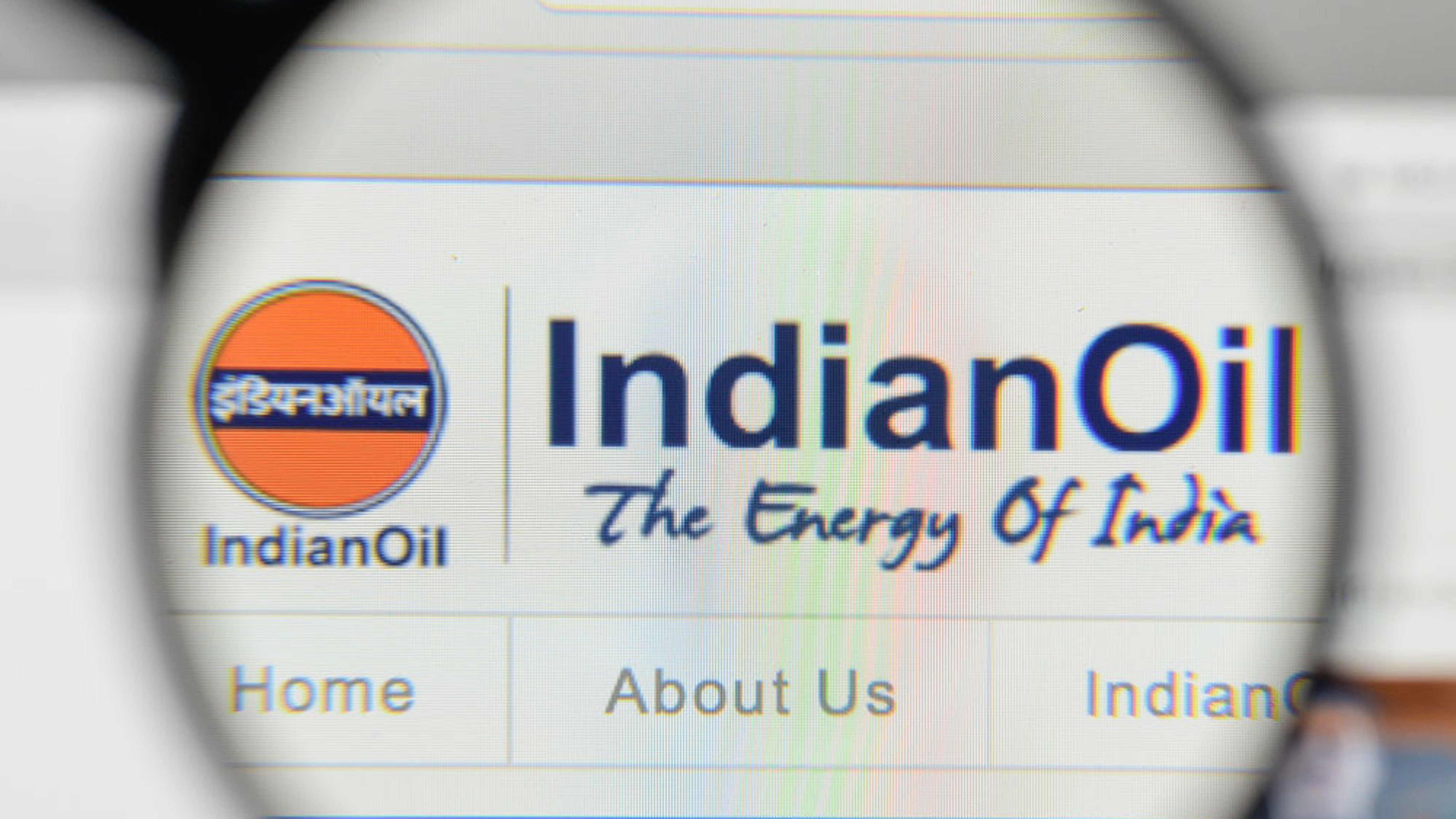The development of a gas pipeline in Bengal — from Kanai Chatta near Digha to Shrirampur in Nadia — could be hit because of lack of clarity on the supply of the fuel from H-Energy Pvt Ltd, a subsidiary of real estate firm Hiranandani Group.
“The availability of FSRU (floating storage regasification unit) timeline is not being provided by H-Energy in spite of repeated reminders. The bidders may take note of this development,” the Petroleum and Natural Gas Regulatory Board said.
The bids have to be submitted by March 15.
H-Energy is setting up the FSRU unit on the east coast with annual capacity to convert 3 million tonnes of imported LNG to natural gas.
The regasification unit will be connected by a 115km underwater pipeline to Kanai Chatta, to be commissioned by March 2021.
State-owned Indian Oil Corporation, one of the potential bidders, had sought clarification from the regulator about the availability of gas.
IOC said the supply sources indicated for the pipeline in the bid document — CBM (coal bed methane) blocks, Jagdishpur-Haldia & Bokaro-Dhamra Natural Gas Pipeline and the Hiranandani facility — are uncertain.

The regasification unit will be connected by a 115km underwater pipeline to Kanai Chatta, to be commissioned by March 2021. (Telegraph picture)
It said the nearest CBM blocks to the pipeline are at Raniganj, which is 125km away. The entire production of the blocks has been contracted by GAIL for 15 years. Similarly, most of the consumers could be supplied through the Jagdishpur pipeline.
This leaves supplies from the Hiranandani facility as the most likely option.
“H-Energy is proceeding to set up an LNG project at Haldia to receive LNG by shuttle carrier from offshore FSU, also increasing uncertainties on the supply side to KSPL. In light of above, gas availability at Kanai Chatta is also uncertain,” IOC said.
H-Energy has said the absence of a pipeline network in the east is a major challenge to its FSRU project. An adequate gas evacuation infrastructure is necessary to successfully penetrate the markets.
Eastern India has so far been untouched by the gas revolution in the country, with pipelines transporting the environment-friendly fuel mostly concentrated in the west and north. Some lines are being laid in the south. But the east is totally unconnected.
Several pipeline projects are now being undertaken to ensure the region gets access to the clean fuel.
Almost 50 per cent of the gas requirement of the country is met through imports from the spot market and through long-term contracts. The price in the spot market ranges from $10 per unit to $12 per unit and for long-term contract from $10 per unit to $11 per unit.
The government has been encouraging the consumption of natural gas, aiming to raise its share in the country’s energy mix to 15 per cent from 6 per cent. The expansion of distribution networks to more cities can help to boost the consumption of gas by households, vehicles and factories.











